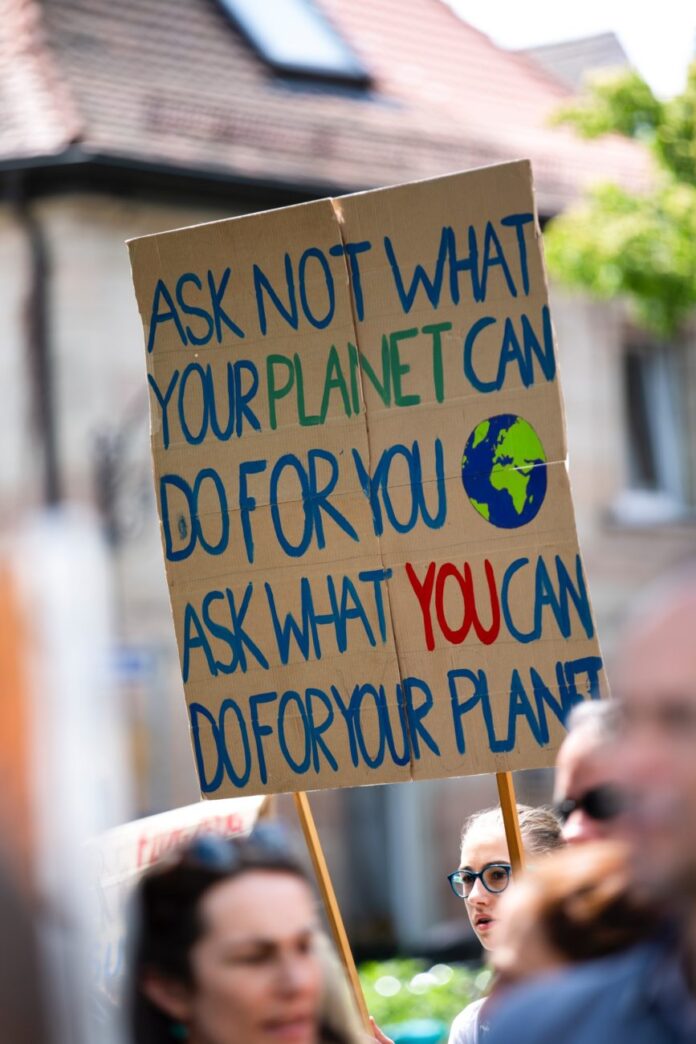Amid the climate change denials from President Trump and others, one government office has a suggestion for reducing energy consumption. It’s gotten a lot of people hot under the collar.
But perhaps we shouldn’t be so quick to disregard it outright.
Energy Star, an arm of the federal Department of Energy and the Environmental Protection Agency, suggests more active manipulation of our home thermostats — and making 78 degrees the coldest setting at any given time.
That’s the temperature Energy Star recommends when people are active at home. When people are asleep the thermostat could be moved up to 82 degrees, and when everyone’s at work or school and the home is empty, it could be reset at high as 85.
The suggestion, and that’s all it is, has drawn howls of protest, especially in warmer climes such as South Texas. Reactions posted on social media sites complain of government overreach, and call the temperatures uncomfortably high.
However, people who try the recommended changes might find that the differences in temperature are hardly perceptible, and they could be relatively quick and easy to get used to.
What’s more, the possible reduction in their utility bills could make the new settings even more tolerable.
This isn’t the first time such a suggestion has been made.
The most common indoor setting is between 72 and 75 degrees, but that wasn’t always the case; before 1980 the norm was 68. During the Arab oil embargo, President Jimmy Carter’s administration offered several suggestions, and imposed some mandates, to reduce our nation’s energy consumption and our dependence on foreign oil. Americans were asked to raise their thermostats from 68 to 72. Businesses were asked to simply turn off the lights at the end of the day.
These and other measures, such as reducing highway speeds and imposing auto fuel efficiency standards, brought measurable energy savings to most Americans.
As an additional benefit, the smog that shrouded our nation’s largest cities began to dissipate.
The suggestion that we reset our thermostats three times a day runs counter to one popular belief, that such manipulation actually wastes energy because air-conditioning units have to work harder to cool a home rather than maintain a constant temperature. Energy Star says that assumption is wrong; maintaining a constant temperature, especially when no one is home, costs the average homeowner $180 per year in energy costs.
Many people surely prefer coming home to a nice cool home on a hot afternoon. Modern thermostats are programmable and not expensive. They can be set to a lower setting before the person leaves work, so that it’s cooled down by the time a person arrives. Some systems can even be controlled remotely from computers or cellphones, so a person can manually change the setting on the way home.
No one is being forced to adopt the new thermostat guidelines, so there’s no cause for angst. But it could be an easy habit to adopt. Personally, homeowners might find the cost savings worth the trouble. And if enough people make the change, we just might calm some of the climate doomsayers.





